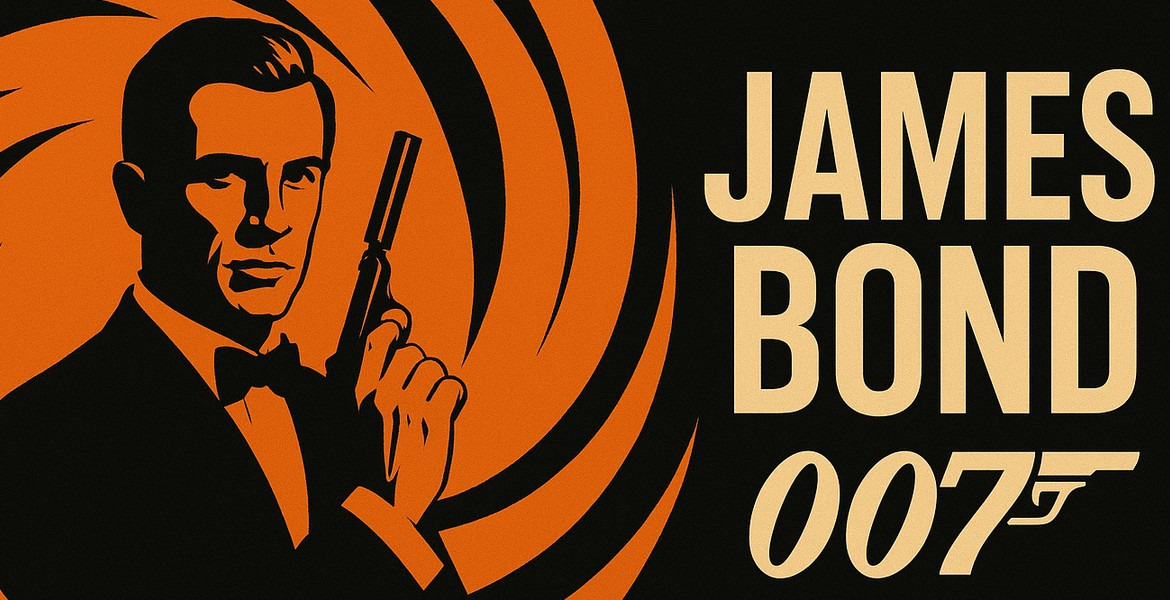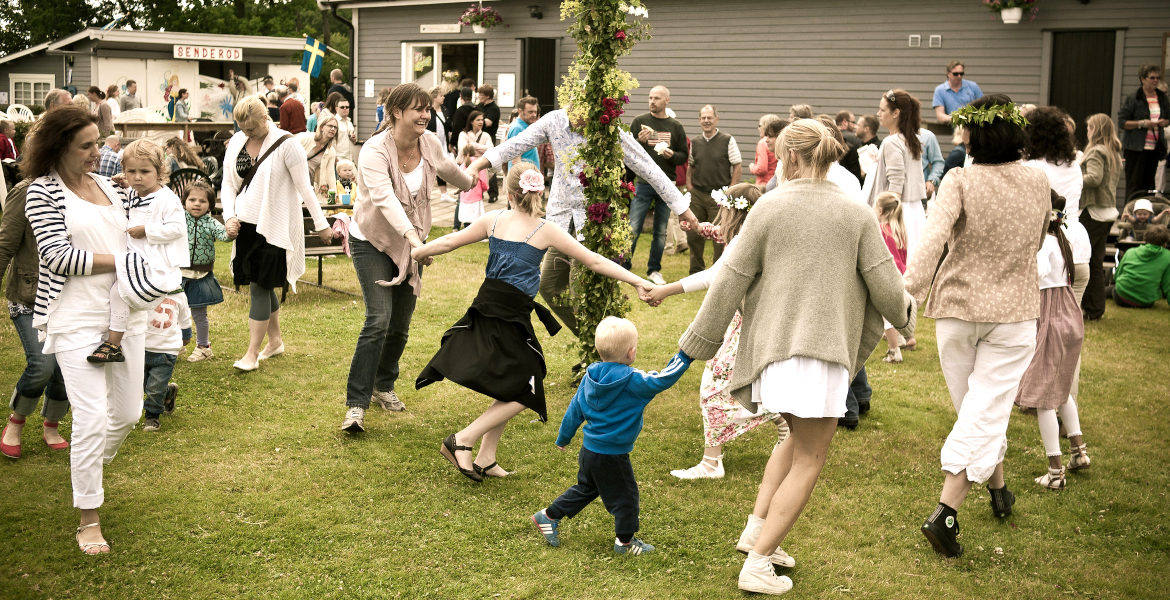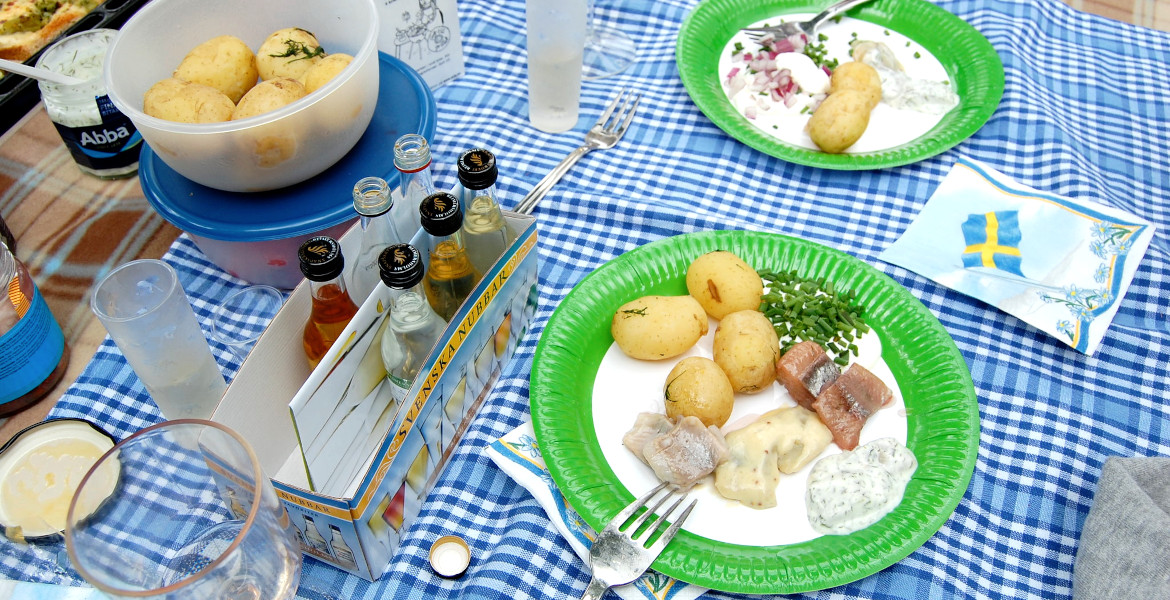Christmas was already a very important tradition in the Nordic countries during pre-Christian times, featuring festivities, food, drink, and the honoring of the gods. Although Christmas celebrations have changed greatly over the millennia, our modern commemoration of it still bears clear traces of our ancestral customs and traditions.
It is documented that “Christmas” in the form of fruma jiuelis was used by the Goths as a name for one of their winter months as early as the fourth century. In the eighth century, the English historian and monk Bede recorded that the Anglo-Saxon calendar likewise contained a winter month named Giuli.
The word’s etymology is somewhat unclear, but it is believed to be quite ancient, derived from Old Germanic. It is also notable that, according to some sources, the Asa god Odin was called “Father Christmas,” or “Julner,” and that in the writings of Ågrip from the end of the 12th century it is claimed that the word Christmas, or iol, comes directly from one of Odin’s names. Serious theories have also been put forward which hold that Christmas actually etymologically derives from the word for “wheel,” and relates to the Sun Wheel’s “new start” or “rebirth” in connection with the midwinter solstice.
Red Ice TV has highlighted many modern Christmas traditions that are believed to have ancient pagan origins, including the hanging of mistletoe, which is still used as a Christmas decoration in many homes. An example of a very old custom related to this is an injunction for couples to stand under mistletoe and kiss each other for luck and prosperity.
It is also believed that the traditional Christmas colors of red, green, and yellow, which are still used today, represented blood and growth, and that Christmas may in many ways have been a holiday to celebrate life and fertility. It has likewise been claimed that the red Christmas ornaments that decorate trees and homes during the holiday symbolize the sacrificial meat that was hung from trees and given to the Asa gods during the Old Norse celebration. Even Odin himself, according to tradition, hanged himself from the World Tree, Yggdrasil, as a sacrifice in exchange for receiving the knowledge of the runes’ secrets.
Santa Claus is considered by many to have ancient Germanic origins hearkening back to Odin, who with his long white beard, hat, and eight-legged horse Sleipner rode across the sky in a way that is quite similar to how Santa Claus is depicted in modern traditions. Many children put their boots out, along with hay for Odin’s horse – a tradition not unlike putting up Christmas stockings near the chimney and expecting to find gifts in them the next morning. Even the cookies and milk that many families put out for Santa Claus are believed to allude to how the Old Norse gods appreciated receiving gifts.

The Christmas goat is another symbol still used today, dating back to the pre-Christian thunder god Thor, whose chariot was pulled by two goats. Before Santa Claus started handing out presents to the children of wealthy families, it was the Christmas goat that fulfilled this function, something that has survived to a much greater extent in Finland, for example, where Santa Claus still has some competition from the Christmas goat for the honor of leaving Christmas presents. Dressing up as a Christmas goat used to be a popular tradition, a custom that waned after the advent of Christianity, when goats began to instead be associated with the devil.
Exactly how Christmas celebrations have changed over the millennia is very difficult to determine, because much information has been lost and only fragments and occasional descriptions remain. What is clear, however, is that our modern Christmas celebrations stem from very ancient roots and still contain strong traces of the old customs and traditions.
The Icelandic historian Snorri Sturluson writes in his work Heimskringla that it was the Christian Norwegian King Haakon the Good who changed the date of the Christmas celebrations. It is believed that Christmas originally began after midnight in mid-January, but the King reformed the practice because it was pagan, instead setting it at the same time that the Christians celebrated their feast in December.
Snorri also writes that Christmas, like several other recurring annual feasts, was celebrated by making a sacrificial offering in the form of a feast that was arranged by the powerful local chiefs, and that before the meal itself a special ritual slaughter of the animals to be eaten was carried out.
In the story of Haakon the Good, it is said that all the farmers would come to the temple, bringing whatever stocks of food they had. Cattle would be slaughtered and everyone would be provided with beer. The blood of the slaughtered animals would be sprinkled on the feast’s participants as well as on the walls of the temple.
“The fire was set in the middle of the floor of the temple, and over it hung the kettles, and the full goblets were handed across the fire,” it is further stated. “He who made the feast, and was a Chief, blessed the full goblets, and all the meat of the sacrifice. And first Odin’s goblet was emptied for victory and power to his King; thereafter, Niord’s and Freyja’s goblets for peace and a good season. Then it was the custom of many to empty the brage-goblet; and then the guests emptied a goblet to the memory of departed friends, called the remembrance goblet.”
According to the Ynglinga Saga, it appears that Odin wanted a sacrifice in midwinter for a good crop in the coming year, and in early summer for the brave ones to emerge victorious from the coming battles. Many great sacrificial feasts are said to have been held at the mythical temple in Uppsala.
From Torbjörn Hornklove’s tenth-century Hrafnsmál comes the expression “drinking Christmas.” It says that the Warrior King Harald Hårfager preferred to conduct his Christmas drinking out at sea. In Norrbotten and Finnish Ostrobothnia, special sacrificial feasts are known to have been held in the middle of winter as well.
Outside he wants Christmas drink
if he alone may rule
the haughty prince,
and raise Freyr’s play.
During the centuries of Christian influence in Scandinavia, pagan and Christian traditions and ceremonies have become mixed. Some practices, such as animal sacrifice, were banned by the Church as it gained more authority. In the following centuries, the state actively worked to diminish Christmas celebrations, putting an end both to their perceived extravagance and their clearly pagan traditions. To this day modern believers celebrate with Christmas flowers, although blood sacrifices no longer occur. Although this is usually done in conjunction with the winter solstice – focusing on the “return of the Sun”.
































































